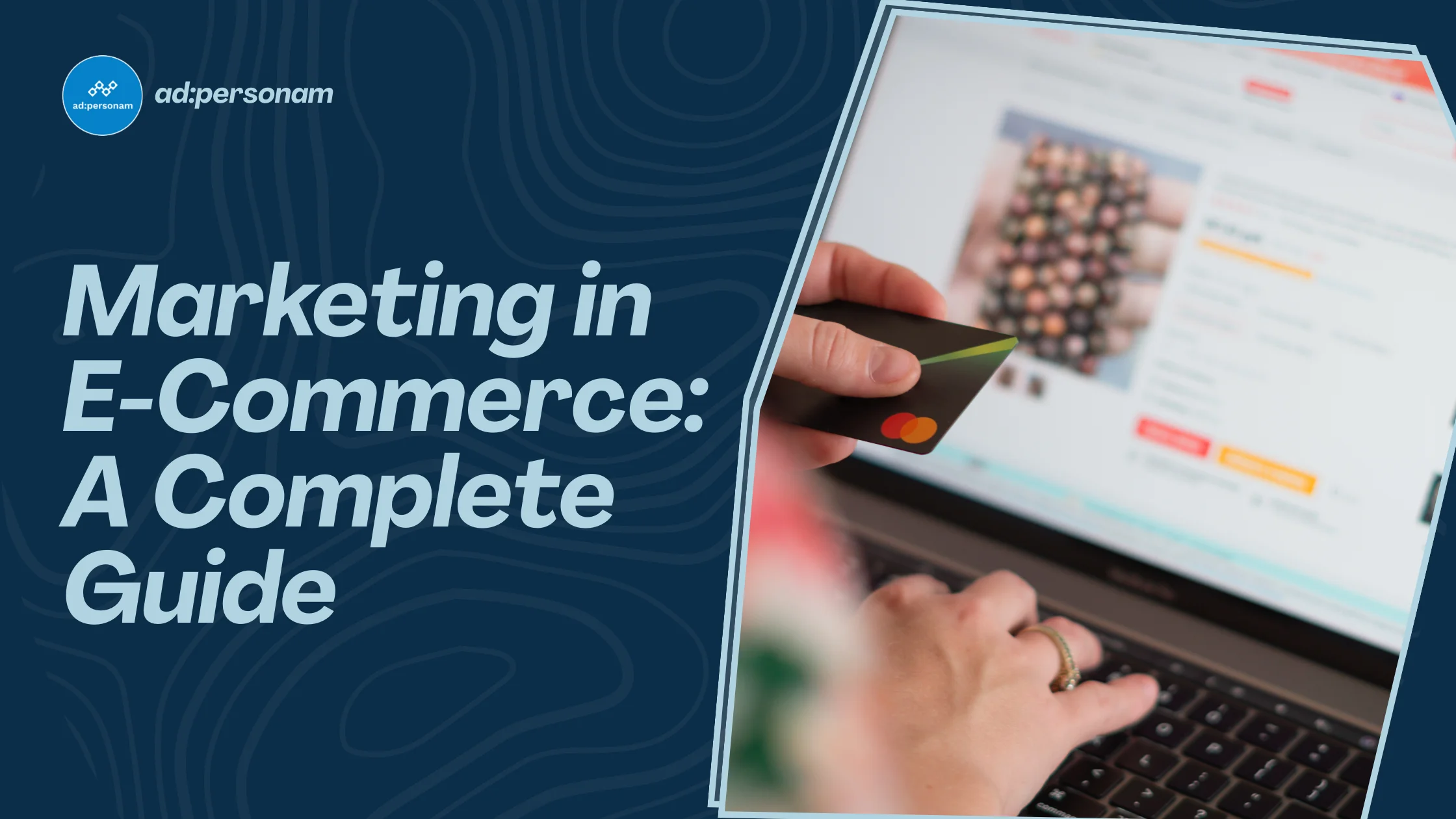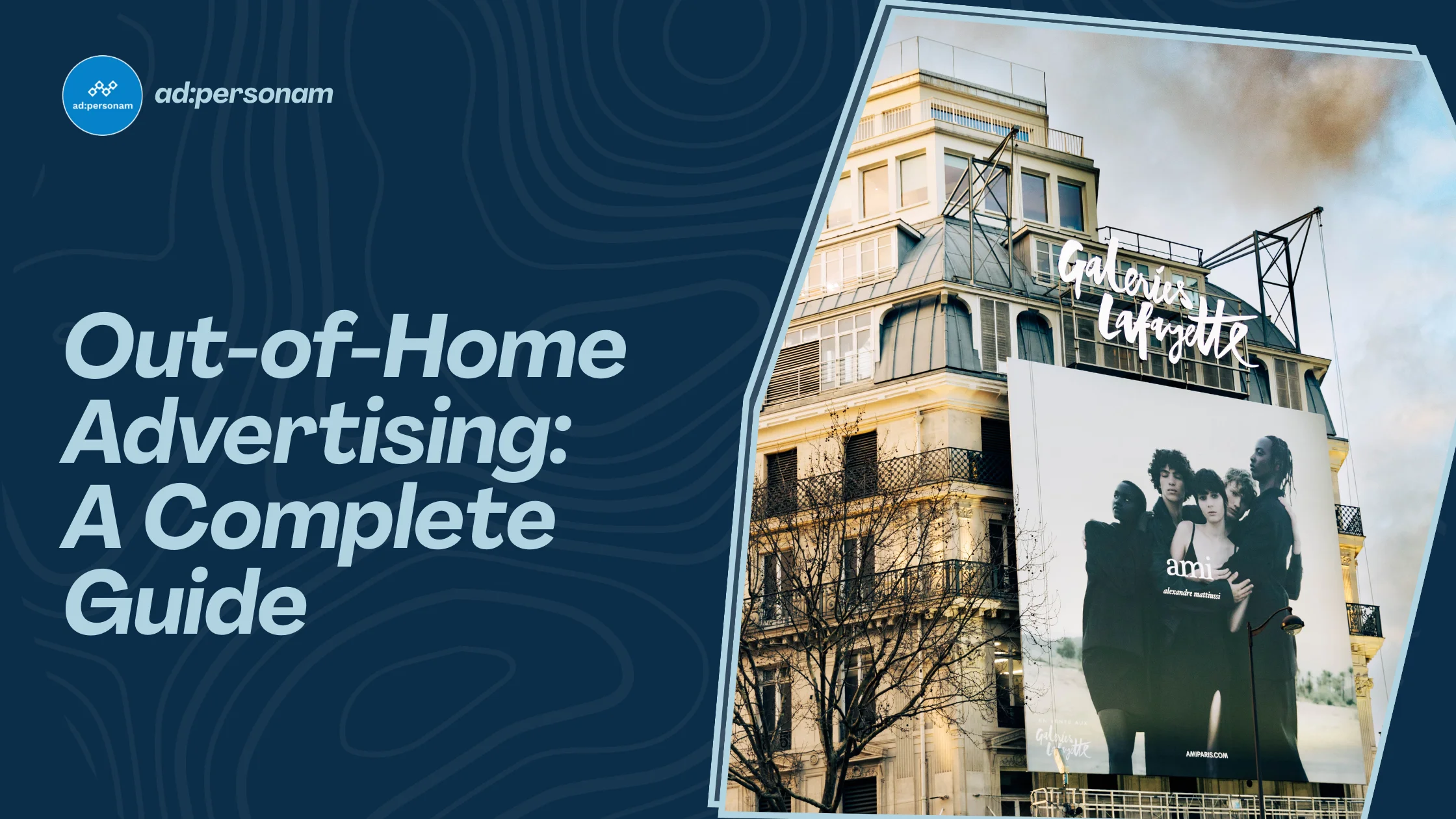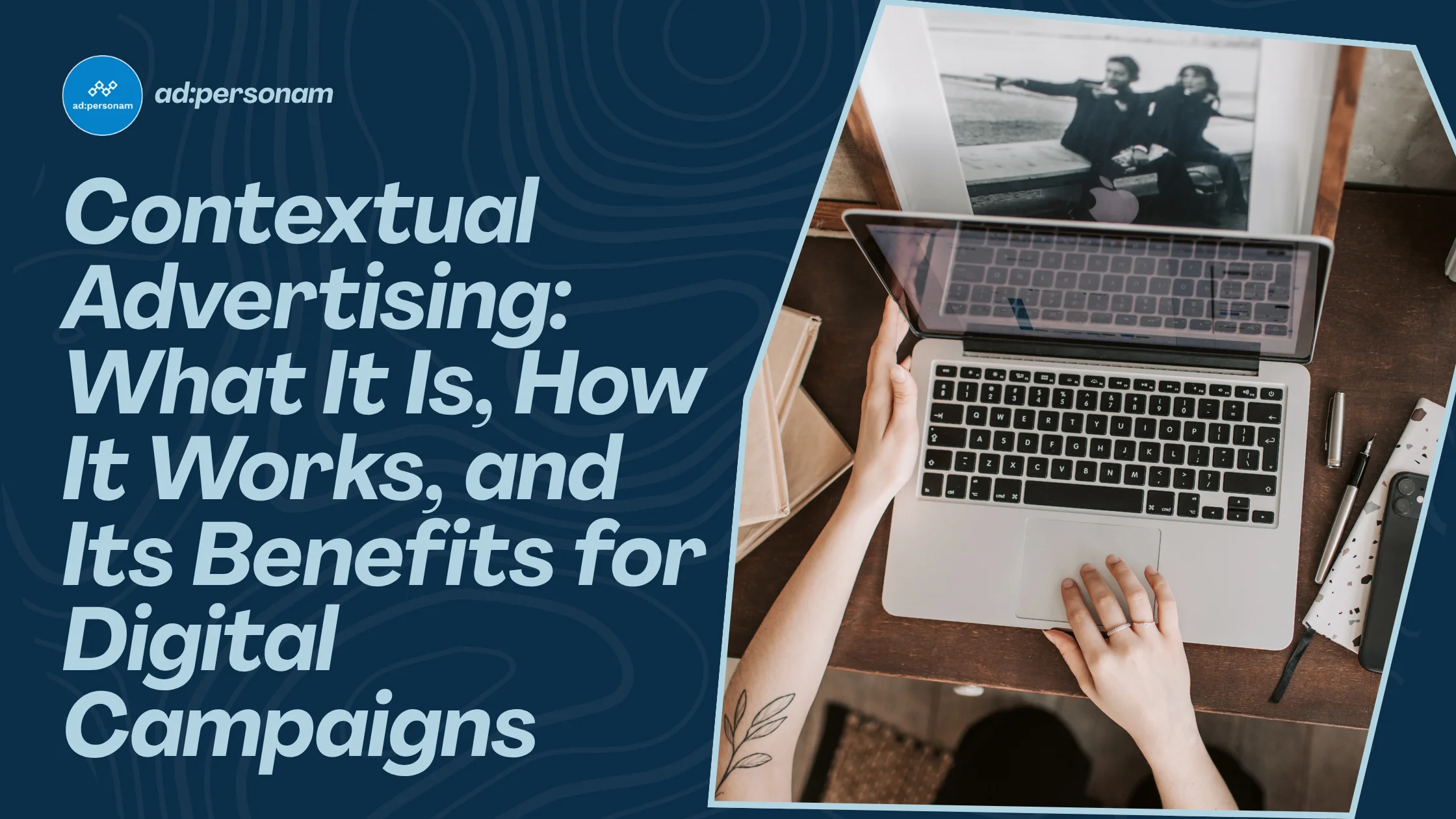Programmatic Advertising Strategies for Small Businesses Wins
Discover how programmatic advertising strategies can revolutionize your small business's digital advertising approach and drive results.
Contents

Navigating the world of digital advertising can often seem daunting for small businesses. Yet, programmatic advertising strategies for small businesses can transform how you connect with your target audience. This technique enables you to discover, analyze, and optimize audience interactions, translating to increased clicks, conversions, and sales. However, fully understanding programmatic advertising may present a learning curve.
Starting with a Budget-Friendly Approach
For small enterprises, budget constraints can be a significant barrier to launching extensive ad campaigns. There’s a common misconception that programmatic advertising requires a huge investment. However, tools like ad:personam Self Serve DSP make it possible to start with a low budget programmatic platform, as it doesn’t require any minimum budget. Despite this, the minimum recommended budget for programmatic advertising for small businesses is $1,000 to ensure substantial reach and impact.
With ad:personam Self Serve DSP, you can set a budget that aligns with your financial capabilities, making programmatic advertising accessible even for businesses with limited funds. Programmatic ad buying is a powerful method to reach your target audience, but strategic planning is crucial before launching your campaign.
Determining Campaign Goals
Determine the purpose of running this campaign. What are your primary and secondary objectives? Programmatic ad campaigns can cater to various goals, including enhancing brand awareness, driving website visitors, boosting online sales, or generating leads.
Utilizing AI to Define Your Target Audience
Understanding your target audience is the core of programmatic advertising strategies for small businesses. Before initiating a campaign, develop an understanding of your target audience. This knowledge helps refine your options and prevents squandering time and money on unlikely potential customers.
The use of AI to create media plans and identify your Ideal Customer Profile (ICP) can significantly enhance the efficiency of your campaigns. ad:personam’s AI assistant planner can suggest targeting segments from the vast data marketplace of third-party data, allowing for precise audience segmentation and targeting.
With the ability to analyze vast amounts of data, ad:personam’s AI assistant ensures that your ads reach the most relevant audience, improving the overall effectiveness of your programmatic advertising efforts. By leveraging both first-party data, gathered from your website, and third-party data, sourced externally, you can create highly targeted and successful ad campaigns.
Leveraging Video & CTV for Brand Promotion
Various digital marketing tactics can publicize your products and services. One highly effective approach is leveraging video and Connected TV (CTV) ads. Video and CTV ads offer engaging formats that can capture the attention of your audience more effectively than static ads.
Consider who your ideal customer is and the types of video content they engage with. Identifying streaming platforms or video sites frequented by your customers can provide more context for your ads and improve their effectiveness. Utilizing channels like CTV and video in your programmatic campaigns can significantly enhance brand visibility and engagement.
The Importance of Creative Ads
Creative ads play a crucial role in the success of your programmatic advertising campaigns. ad:personam’s platform includes advanced creative services that support multi-format creative ad uploads, including GIF, JPEG, PNG, HTML5, video, and audio files. These versatile options allow you to tailor your ads to perfectly match your campaign goals and audience preferences.
Maximizing Impact with Small Business Display Advertising
Small business display advertising remains a cornerstone of programmatic campaigns. These ads can appear in various formats, including banners, which are highly effective for small businesses. They provide visual appeal and can convey your message quickly.
Banner ads are effective for small businesses because they grab attention and drive traffic. They are versatile, allowing placement on numerous websites. This expands your reach and visibility.
Engaging ads are essential because they capture the audience’s attention and convey your message effectively. Good copywriting is a vital component of creative ads; it should be compelling, concise, and aligned with your brand’s voice. The visual elements of your ads, such as imagery and design, should be eye-catching and relevant to your target audience.
High-quality, creative ads ensure that your message resonates with your target audience, driving higher engagement and conversion rates. By investing in creative development, you can differentiate your brand, build stronger connections with potential customers, and achieve better overall campaign performance.
Optimizing Spend with Domain and Seller Lists
To prevent wasteful spending and fraud, it is beneficial to create domain lists (allow or block) and seller lists (supply path optimization). ad:personam provides tools to manage these lists, ensuring your ads appear only in high-quality, relevant environments.
Supply path optimization (SPO) is a critical aspect of programmatic advertising. SPO involves analyzing and selecting the most efficient and effective pathways to purchase digital ad inventory, thereby reducing costs and improving transparency. By leveraging SPO, you can ensure that your budget is spent wisely and that your ads are delivered through the most reputable and effective channels.
Curated deals and private marketplaces (PMPs) are other strategies to optimize your ad spend. Curated deals involve negotiating directly with publishers to access premium ad inventory, often at more favorable rates and with better placement options. PMPs offer a controlled environment where high-quality inventory is available to select buyers, reducing the risk of ad fraud and ensuring better ad performance.
By utilizing domain and seller lists, along with SPO, curated deals, and PMPs, you can optimize your ad spend, reduce waste, and enhance the overall performance of your programmatic campaigns. These strategies ensure your ads reach the right audience in the most cost-effective and impactful way.
Takeaways
- Programmatic advertising strategies for small businesses can revolutionize your marketing efforts.
- Utilize a low budget programmatic platform like ad:personam Self Serve DSP to make the most of limited funds.
- Leverage AI to define your target audience and create precise media plans.
- Employ video and CTV ads to increase engagement and brand visibility.
- Focus on creating high-quality, creative ads to capture your audience’s attention.
- Optimize ad spend by using domain and seller lists, supply path optimization, curated deals, and private marketplaces.
By integrating these strategies, small businesses can effectively navigate the digital advertising landscape and achieve significant growth. Explore the full capabilities of ad:personam’s Self Serve DSP to make your programmatic ad campaigns more effective and efficient.
You might also like

E-commerce Marketing: Complete Guide to Strategies, Tools, and Programmatic Campaigns
Discover how ecommerce marketing optimizes traffic, conversions, and sales through digital strategies and programmatic advertising.

Out of Home Advertising: Complete Guide to Programmatic OOH & DOOH
Learn how OOH and DOOH advertising work, key strategies for brand visibility, and how to run programmatic outdoor campaigns.

Contextual Advertising: The Complete Guide to Privacy-First Targeting
Discover how contextual advertising delivers effective, privacy-compliant campaigns without cookies. AI-powered targeting for the cookieless era.